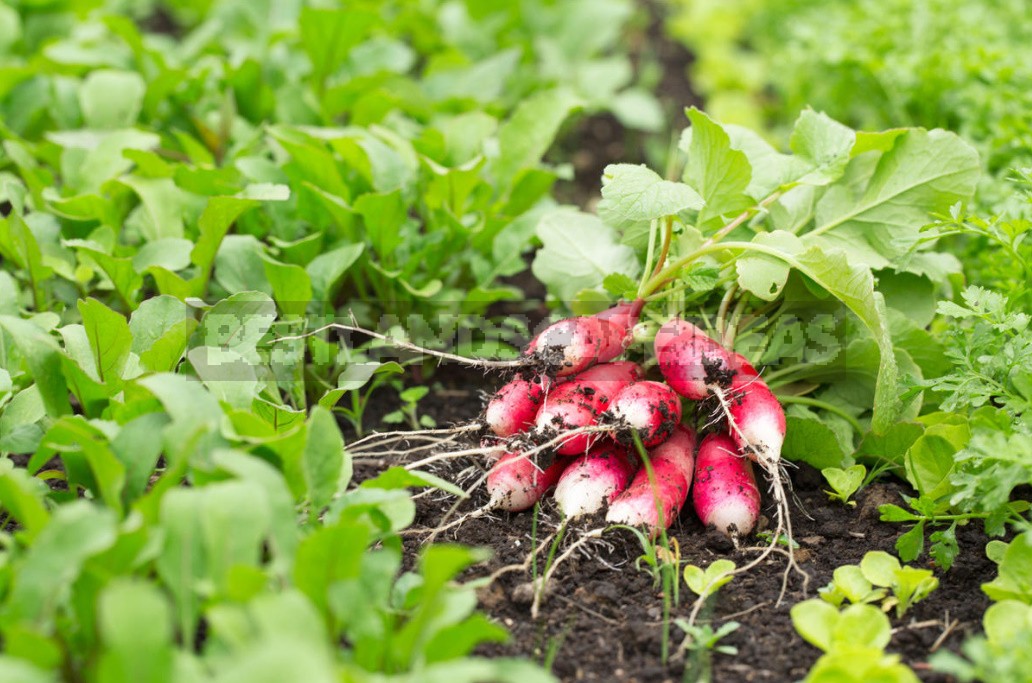
Radish is one of the earliest vegetables, so from year to year it is sown at almost every cottage. Everyone grows it, but not every gardener can manage it. Many people no longer want to get involved with “bad root vegetables”, preferring to buy them on the market. In fact, a delicious radish can be grown by every gardener, the main thing is to follow simple rules.
We already know that the taste of fruit depends not only on the variety: weather conditions, the period and frequency of watering, the timing and composition of fertilizing, even the type of soil is important. For sure, many summer residents, when they reach this place, will give up on their cherished dream — to grow their own delicious radishes: somehow it’s all difficult, troublesome, and the result is still unpredictable… In fact, everything is simple, see for yourself.
More than once I have heard from familiar gardeners that you can not find a good variety of radish: and water, and fertilize, and no taste — grass grass. Already and-abroad seeds were written out, and at neighbors who more than once treated with the most delicious radish, collected-the result is the same. Stop! If one condition changes and the result remains the same, is it possible that the problem is different? Let’s get this straight.
What does the soil type have to do with it
If you do not grow radishes hydroponically, you must know the soil type! Why? Two words can not explain-the topic of land for the cottager is serious and very important. We will only touch on the land issue in the context of radish cultivation.

On what soils does it work best? So, radish likes:
- loose, well-drained loam is the best option. Clay will have to be loosened with sand or rotted sawdust: dense soil warms up more slowly, which will delay the tasting of the first root crop from your garden. In addition, in compacted soil, radishes can grow crooked and nondescript. And the sandy soil will have to be compacted with clay, sapropel, otherwise the series of watering and fertilizing will be almost continuous, because on a sparse dry land, juicy, delicious root crops will not grow, alas;
- soil with a neutral or slightly acidic reaction (pH 5.6-6.0), let’s assume a slight shift in one direction or another;
- that the predecessors were green crops or potatoes, but in no case plants of the family Brassicaceae;
- fertile soil.
Give me light and water!
The bed is better placed in the sun: radishes should not shade other plants. Probably in the early spring, when the garden is still empty, it will be easy to find such a place. And the area needed is insignificant (if you do not grow radishes for sale, of course).
Another mandatory condition — the soil in the garden should not dry out. I foresee the incredulous chuckling of skeptics: before, they did not water at all — and nothing, the radish was normal. I will not argue, the norms are different for everyone. My neighbor, for example, does not mind cutting the flower stalks — and with an appetite to eat a dry, hard kind of radish.
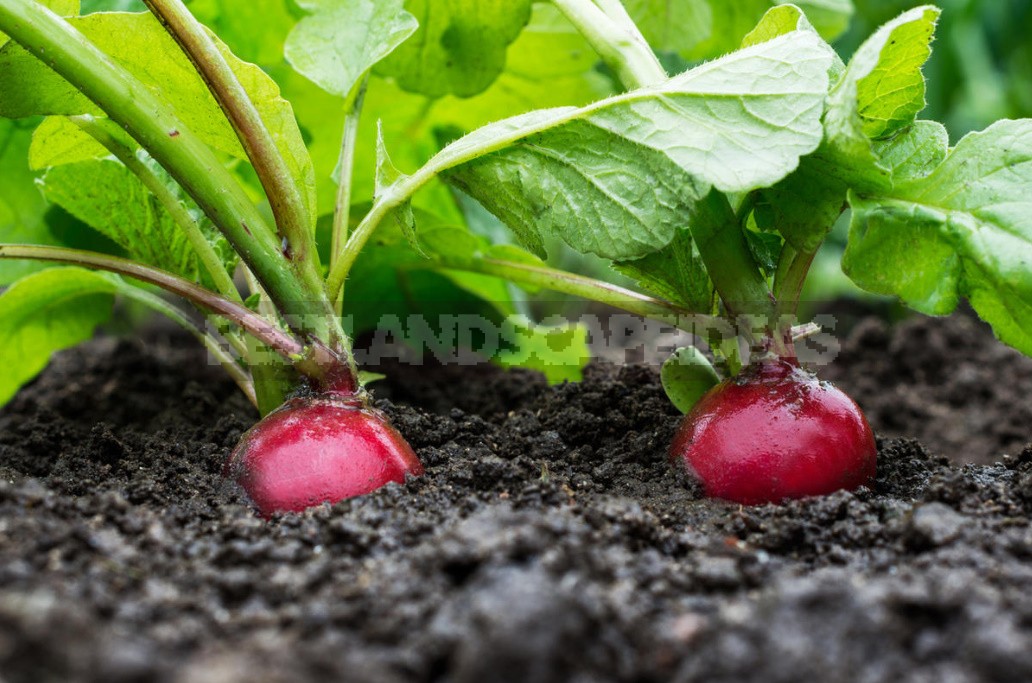
I will name a few important watering conditions that I was able to find out. Have you ever grown oblong root vegetables with a long “neck” from an ordinary round-fruit variety? When such an incident happened to me, I blamed the seed producers: the wrong variety was put in a bag. It turns out that the reason is quite different. The formation of the root crop begins at the moment of the appearance of real leaves — on the 3rd-5th day after germination. It should form at the top of the taproot, just below the leaves.
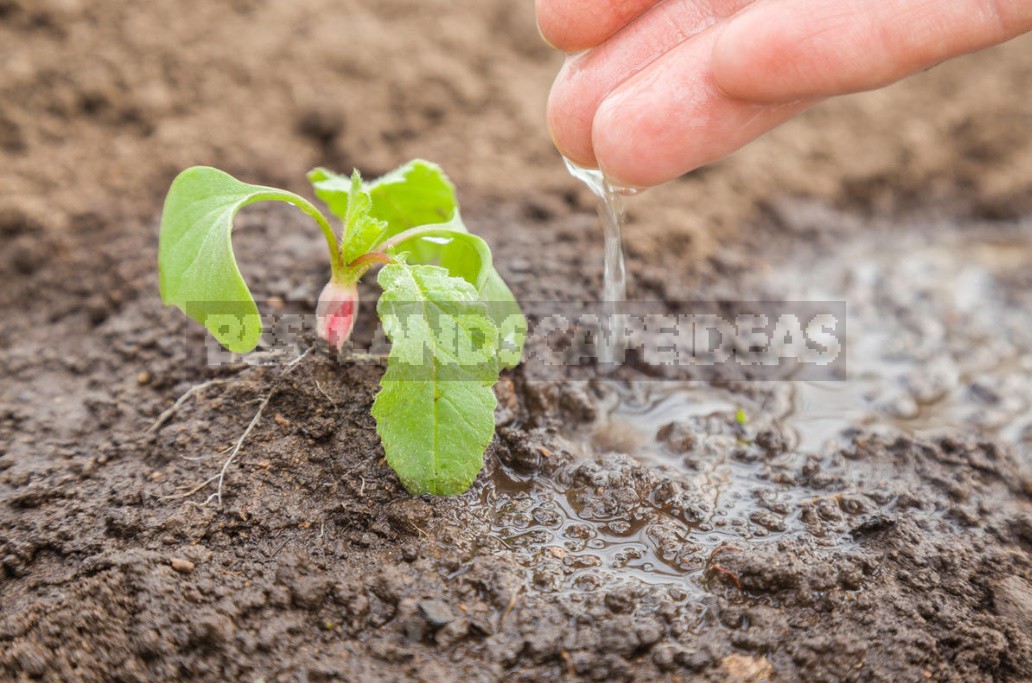
There it will be, if the soil moisture is normal. And if the top layer of soil is dry, the plant will form a root crop below, where it is more humid. As a result, the crop will be more sparse, the root crops will be smaller, and the “neck” is unsuitable for food — hard, fibrous.
Another very important condition is regularity. If the bed has not been watered for several days, and the ground is thoroughly dry, do not try to make up for lost time in one fell swoop, with a high probability the root crops will crack. Enter into a regular rhythm of watering gradually.
Dinner is served!
Popular wisdom: first you feed the radish properly, and then it will feed you. Of course, it is not even considered a major vegetable crop, but still the quality of the crop is very important, because in spring salads we cut both root vegetables and young leaves. Of course, after the winter, we are happy with any greens, but still we would like a real radish taste and aroma. And one of the main conditions for obtaining such root crops is a full nutrition of the plant at all stages of growth.
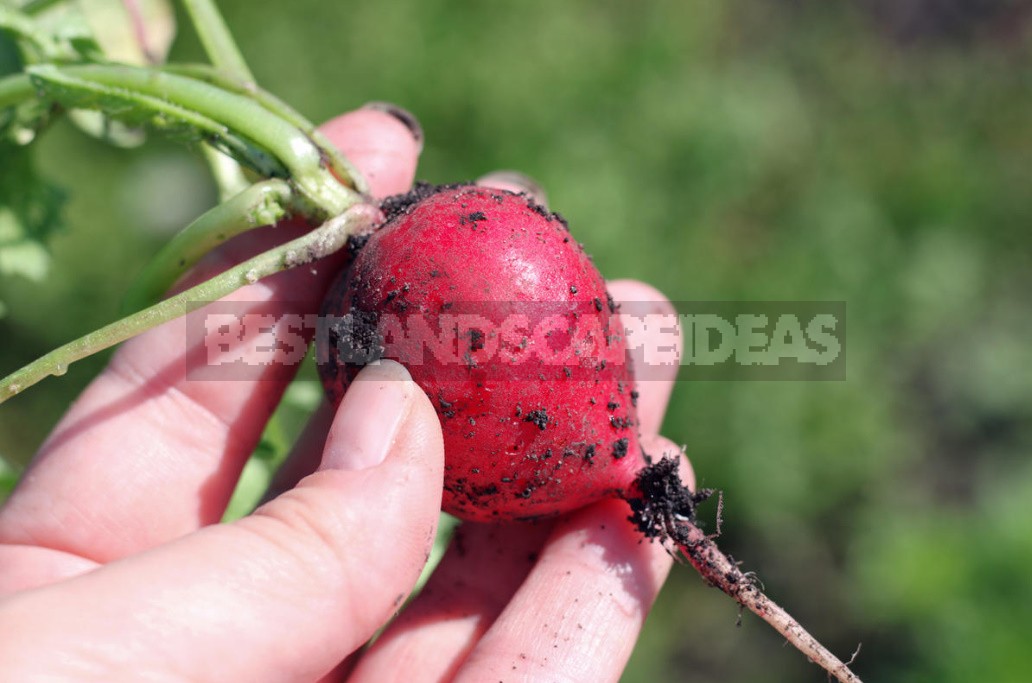
Radish is not included in the group of “voracious” vegetables, but it is also not called an ascetic. The peculiarity of growing radish is that it has an undeveloped root system and a short life span: in about 20-30 days it needs to have time to ascend and form a full-fledged root crop, so food should be in abundance.
I will tell you about two ways to feed it to its fullness, so that you can choose the one that suits you best. And take note of a couple of nuances of care.
- In order for one root crop to have enough nutrition, leave 5 cm between the plants in a row. Between the rows-12 cm.
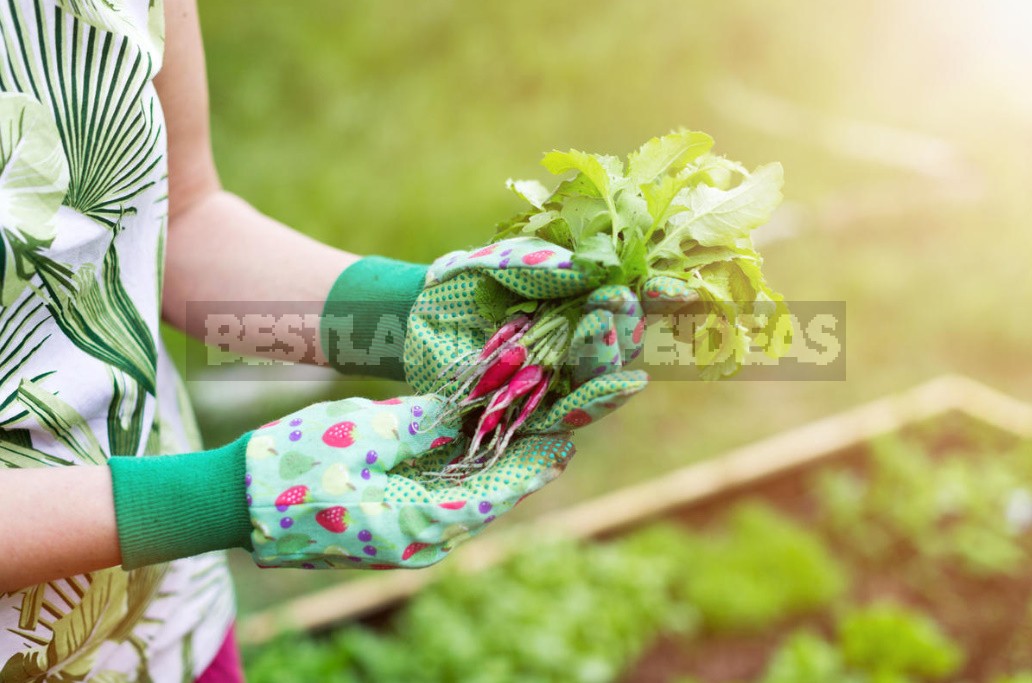
- Thick shoots need to be thinned as soon as possible, otherwise the plants will compete for food and light — as a result, either throw out the flower stalks, or “please” with small hard root vegetables, the taste of which will only remotely resemble the classic radish.
Method 1: prepare the soil in autumn
If you fill the garden well with fertilizers in the fall, in the spring it is enough to treat the radish with a complex lunch only 1 time, during the formation of the root crop. And you can do without fertilizing.
First variant. Under the digging for each 1 m² add 1-1. 5 buckets of compost or humus, a liter jar of wood ash (you can do more, radish likes potassium) and 50 g of superphosphate.
Second variant. Dig up the bed on the bayonet of a shovel (deep cultivated soil likes radish), adding 1 m²: humus-1 bucket (10 l), nitrogen fertilizer-25-30 g, superphosphate-45-55 g, potassium salt-20-30 g.
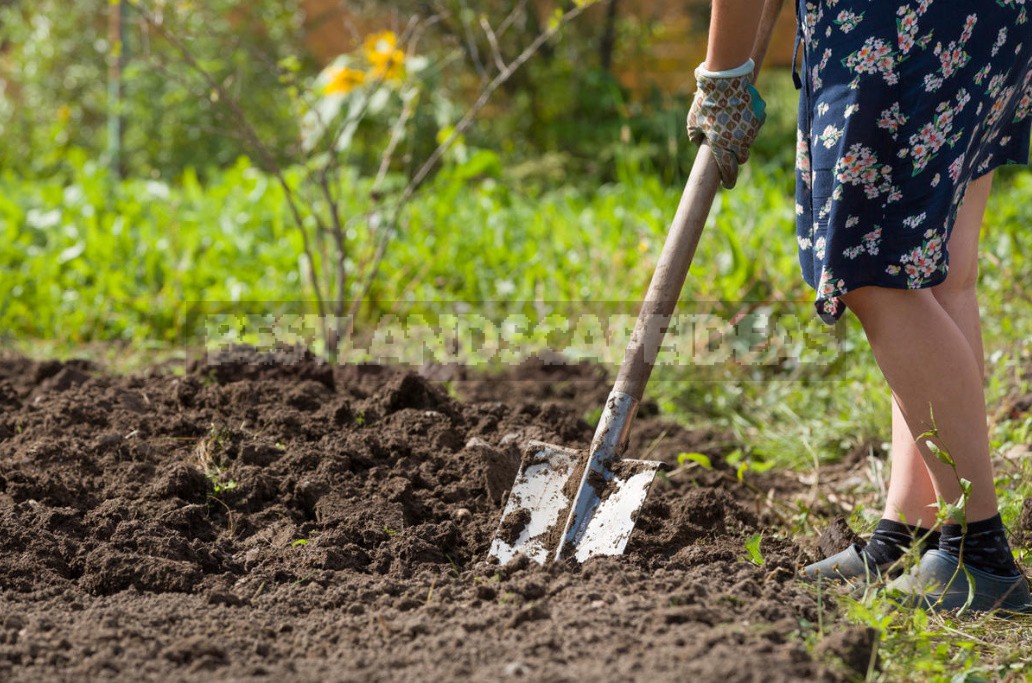
And this is how our expert has been preparing a bed for radishes for many years in a row: 6-10 kg of humus, 70-100 g of azofoski, ammofoski or nitrofoski are poured on the bed (per 1 m²). They dig it up by putting fertilizers in the soil. In the spring, you just need to sow radishes and wait for a delicious harvest.
Method 2: feed during sowing and during growth
Now let’s talk about the second method. It will help out newcomers who open the first garden season, it will be useful to everyone who for some reason could not prepare a place for radishes in the fall.
Radishes are sown early, until the soil is dry, so fertilizing with digging is excluded. You can mulch the aisles with humus or compost — and make the rest of the food with mineral fertilizers. Since there is very little time for maneuvers, it is advisable to use a special complex for radishes: the optimal composition and precisely adjusted doses of micro-and macronutrients will help to harvest a more abundant crop without losing the quality of root crops.
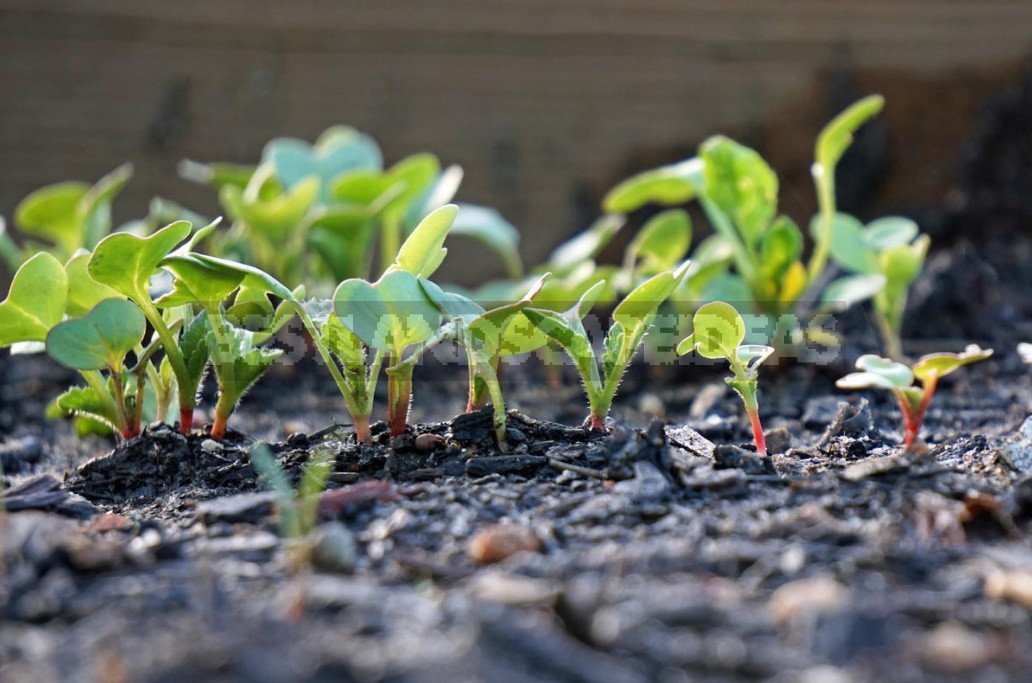
For me, this option is a godsend, I recently began to use mineral fertilizers and I am very afraid of getting something wrong with the dosage. And here everything is ready — breed and water.
Folk recipes for feeding radishes
Infusion of chicken droppings: 1 part of the raw material is filled with 3 parts of water, left for 3 days. Drain the infusion, fill with fresh water and leave for another day. The infusion is drained, 10 liters of water are diluted and the seedlings are watered.
Yeast starter with added sugar: a packet of dry yeast (10 g) is diluted in 10 liters of warm water, add 100 g of sugar, leave to infuse for 3 hours. Then dilute the starter with ordinary water (1:5)and pour the radish bed.
Ash (and not wood, but from burning grass, leaves of fruit trees, potato tops — it has a much higher content of potassium, and radish is very responsive to such top dressing): 10 liters of water will need 300-350 g of ash. Insist for a day, water at the root. You can combine ash feeding with protection from pests: the ash is tied in a loose cloth and, shaking a knot over the crops, powdery shoots.

As you can see, growing a delicious radish is not as difficult as it might seem at first. In conclusion, I suggest that you share your experience in growing a good root crop: share brand-name compositions of top dressing, tell us about your favorite fertilizers that have successfully passed the test in our gardens.


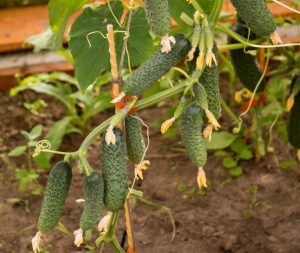
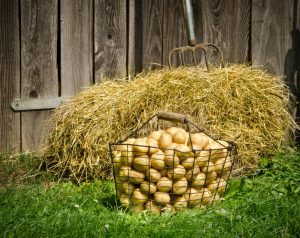
Leave a Reply